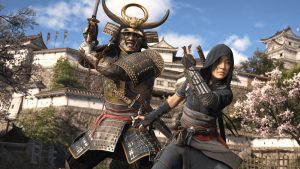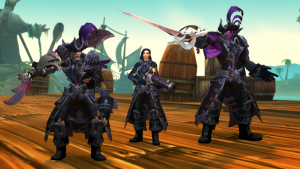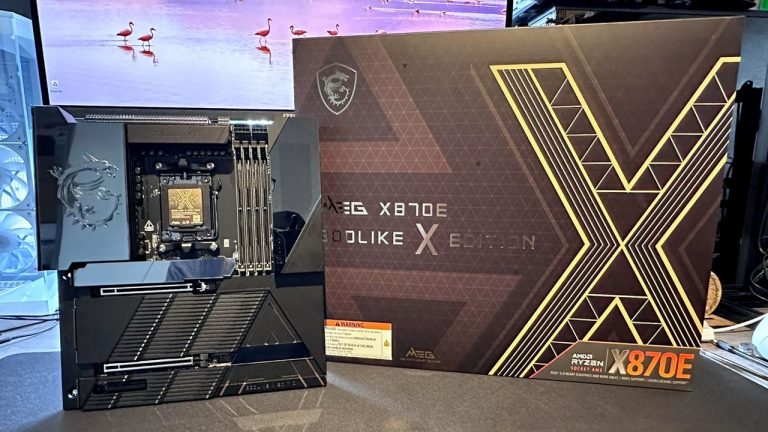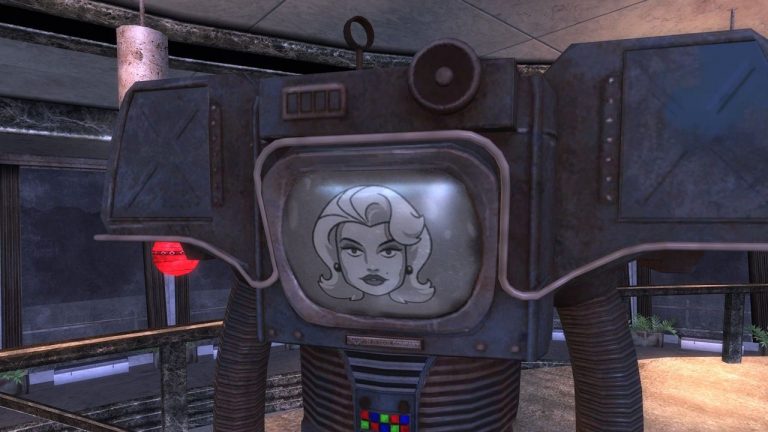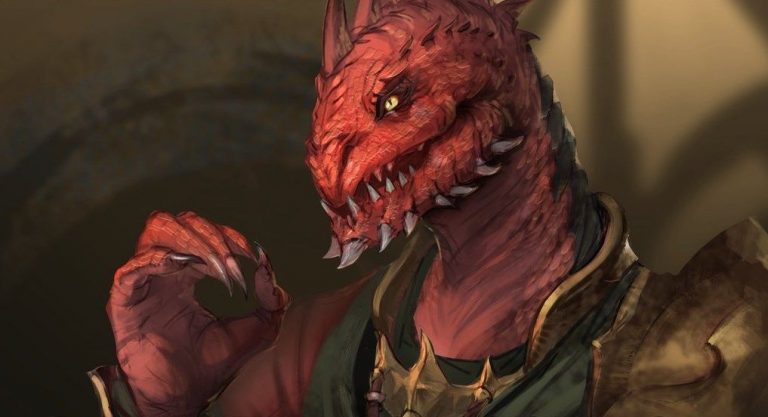Earlier today, Xbox Wire published a lengthy interview with Obsidian, in which the studio laid out its philosophy for storytelling, narrative design, and handling player choice in Avowed. Given that it’s a Microsoft-published story about a Microsoft-published game, it’s a bit fawning, but it’s worth a read to see Obsidian explaining how it works to make player decisions both satisfying and believable. And, as it turns out, doing that is a lot easier when you’re not working with an open world.
According to narrative designer Kate Dollarhyde, Obsidian’s not content with storytelling that culminates in decision points where players either opt for the Good Choice that makes everyone happy or the Bad Choice that makes everyone sad. Avowed is less interested in slamming fantasy character archetypes together to make the plot proceed than it is in how context influences outcomes, even in settings with lizardmen and magical plagues.
“The material reality of the people living in the setting informs the actual stories being told. What does it look like when a colonial empire comes to your backwater island and says, ‘Hi, we’re here and this is ours?'” Dollarhyde said. “When we’re designing characters, quests, and content, we’re not looking at them and saying, ‘What type of character is this?’ or ‘What’s this person’s trope?’ It’s more about what they believe in.”
As a result, Obsidian isn’t only invested in how the player’s decisions affect the major plot beats. “For us, choice and consequence are not about every single thing you do affecting the heat death of the universe; it’s about everything being believably built to,” game director Carrie Patel said. “It’s that variety in terms of the magnitude of your consequences and the time horizon on which you see those consequences.”
Giving players the ability to make interesting decisions with equally interesting outcomes, Obsidian says, is a simpler problem to solve without all the complications that an open world produces. Think about all the times in an open world RPG when an NPC’s introduction feels a little weird because you picked up the relevant quest after interacting with them a dozen times, or when your heroics in one town go entirely unnoticed in the next village over because the designers couldn’t guarantee what adventures you’d already completed by the time you arrived.
“Pacing is really tough in open-world games,” Dollarhyde said. “You never know where the player is and what they’re doing at any given time. So having these zones that happen in sequence means we always know what content you’ve just come from on the critical path.”
By opting out of a fully open world in favor of self-contained, explorable regions that you’ll progress through in order, Obsidian’s betting on being able to bring the best of both worlds: The studio can better design quests informed by what you’ve already seen and done in-game, while still providing spaces and stories to explore as you choose—and ideally see outcomes that feel unique to your experience.
“As a designer, I love making stuff that I know people won’t see, that a handful of players are going to encounter,” Dollarhyde said. “I know that those handful of players, there’s going to be one or two in there that really love it and are astonished.”
Avowed launches on February 18.
Avowed : Everything we know
Avowed companions: Party’s all here
Best Avowed builds: Freeform skill builds
Avowed best weapons: What to dual-wield
Best RPGs: The greatest you can play now

